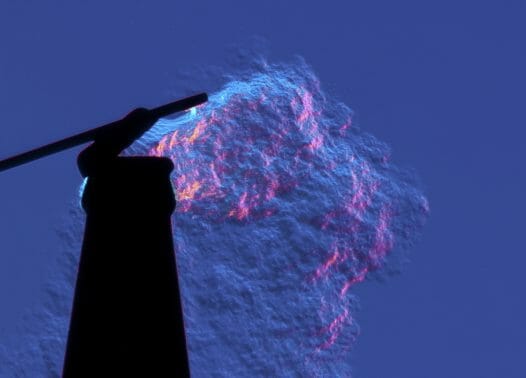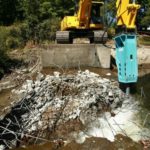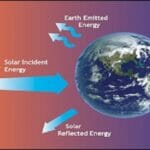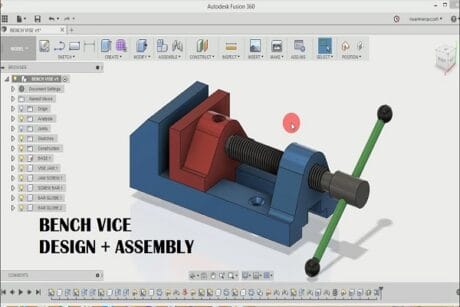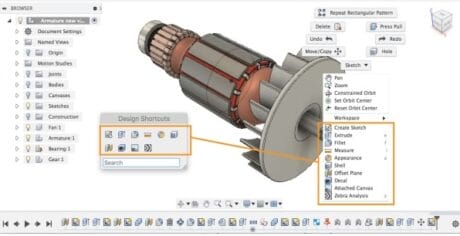No products in the cart.
- Course No E – 1479
- PDH Units 8.00
Course No E - 1479
PDH Units 8.00
- Course No E – 1479
- PDH Units 8.00
Course No E - 1479
PDH Units 8.00
Intended Audience: all engineers
PDH UNITS: 8
In this course, you will get introduced to thermodynamic and physical performance of gases flowing at high speed, application of SFEE, Steady Flow Energy Equation, to high speed gas flow scenarios, and determination of exit speed of superheated gas in high speed flow nozzle scenario. You are introduced to psychrometric analysis of HVAC system performance. You are familiarized with fundamental psychrometrics terminology, concepts, analytical techniques, methodology and strategies. All discussion is supported and illustrated by numerical examples and a comprehensive case study. Fundamentals of refrigeration cycle are explained. Concepts, terminology and thermodynamic principles associated with refrigeration cycle are discussed and illustrated through pressureenthalpy and temperature-entropy diagrams. A capstone case study, involving a DuPont ® HFC- 134a based refrigeration cycle, serves as an illustration of a practical refrigerant cycle, such as those employed in chillers and HVAC evaporator/heat exchangers. This course caters to engineers of all disciplines, as well as technicians, facilities managers and executives who are not intimately familiar with thermodynamics principles and practices. The course is based on the text titled “Thermodynamics Made Simple for Energy Engineers,” by S. Bobby Rauf, Fairmont Press, 2010.
Learning Objectives
At the successful conclusion of this course, you’ll be able to identify and discuss:- Thermodynamics associated with high velocity gas flow
- Psychrometry
- Psychrometric chart based HVAC analysis
- Refrigeration cycle
- Equipment associated with segments of refrigeration cycle
- Refrigerant performance
- Automated HVAC systems
- Pressure-enthalpy and temperature-entropy diagrams
- Familiarization with gas dynamics, concept of shock wave, nozzle velocity calculation, critical properties of ideal gas at high velocities, and thermodynamic analysis of gases at high velocities.
- Familiarity with the key parameters that constitute a psychrometric chart. Better understanding of the subject of psychrometrics, and understanding of practical application of psychrometric chart for HVAC type analyses.
- You will learn basic thermodynamic and physical concepts associated with a refrigeration cycle. You will get introduced to the thermodynamic processes involved in each of the four segments of a practical refrigerant cycle, coupled with, examples, diagrams and pictures of equipment that is utilized in those refrigeration cycle segments.
Once completed, your order and certificate of completion will be available in your profile when you’re logged in to the site.

